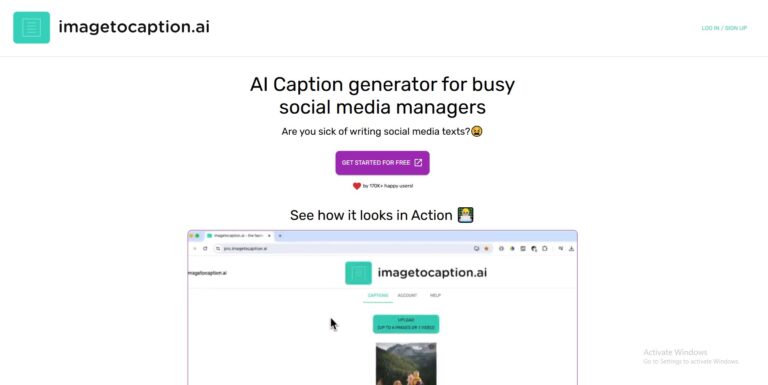In the continuously developing realm of artificial intelligence innovation regularly results from combinations of logic with data and code. Technology is majorly disrupted when artistic and natural elements lead to functional developments. Sakura AI merges machine learning and cherry blossom elements to develop a system that detects human emotions for user needs.
The Inspiration Behind Sakura AI
The cherry blossom symbol known as sakura represents Japanese culture by illustrating both the fleeting nature of everything as well as transformation and the fine equilibrium between short-lived beauty. Sakura AI grew its essence around developing performative and adaptable systems which exhibit empathy alongside humble and elegant programming principles.
Sakura AI processes contextual emotional data with symbolic neural learning technology and natural language recognition to recognise user emotions instead of just their voice patterns. The system’s adaptive algorithms enable it to adjust its functions based on user requirements within dashboard interfaces of businesses and learning platforms as well as personal assistants.
What Is Sakura AI?
The latest AI system called Sakura AI uses multiple functions to assist content creation and decision making with emotional identification and digital transformation features. Sakura AI represents a total system beyond standard neural networks and chatbots which functions as an integrated platform.
It learns from neural-symbolic processing and emotional mapping to translate user speech patterns into emotional facts. The adaptive system algorithms modify themselves to match the features needed by users in their business dashboards education platforms and personal helper programs.
Key Features
1. Emotion-Aware Interaction
Sakura AI’s primary feature enables automated emotion recognition through its Emotion Recognition Engine. The sentiment analysis performed by Sakura AI differs from standard methods because it applies real-time emotion inference through analysis of delivery voice and word selection along with rhythm variations together with silences.
2. Cultural Contextual Intelligence
It operates through localised models to understand more than 30 linguistic regions which allows it to modify its writing style for each cultural context.
3. Visual and Linguistic Harmony
It processes images and videos as well as text to provide valuable insights which maintain brand emotions across various platforms.
4. Self-Learning Growth Loop
Like nature this system uses automatic processes to get rid of outdated learning patterns before adding fresh knowledge updates to its framework which keeps the process focused on current information.
Real World Applications
The system analyses emotional health and provides feedback alongside positive statements to individuals.
Student emotional responses at the moment help Education decide how to teach better.
Marketing: Gauges audience’s emotional response for more resonant campaigns.
Urban designers use the Smart Cities framework to understand citizen feelings when building cities that welcome every community participant.
Advantages of Sakura AI
1. Enhanced Emotional Intelligence
It uses real-time emotional detection to create better experiences in therapy, education and customer service fields.
2. Culturally Adaptive
It adjusts easily to businesses worldwide and works effectively across different cultural groups.
3. Data-Driven Creativity
It helps content makers through emotional recommendations that blend visual elements and written text effectively.
4. Transparent & Ethical
You can trust the system more when you see how the system picks options thanks to its Transparency Petal function.
5. Continuous Learning
Its system learns from blossom patterns to stay updated and maintain its value as time passes.
Disadvantages of Sakura AI
1. Emotional Misinterpretation
The system can detect emotions better but its results are still unreliable. The system might generate wrong information because it cannot correctly detect spoken emotions.
2. Over-Reliance on AI Empathy
People tend to depend more on Sakura AI for emotional connection which reduces their interactions with others.
3. Privacy Concerns
Although Sakura AI recognises ethical standards it faces essential privacy and consent barriers when processing mental health data.
4. Resource Intensive
It needs large processing resources and infrastructure but smaller companies cannot afford it for basic operations.
5. Cultural Misfires
Systems with regional versions may fail despite this because individual cultures within regions remain distinct.
Conclusion
It serves as more than advanced technology because it presents a fresh philosophical approach to artificial intelligence design. The technology draws its strength from cherry blossoms to create machines that understand speech while adjusting to human needs and sensing emotions.
Through Sakura AI society now has an opportunity to ask if intelligence and empathy can exist together as separate concepts. Technology reaches its full strength through its ability to engage emotions and spiritual interactions.
Future computer technology in Sakura AI systems combines human-created technology with strong emotional features while respecting cultural differences.




